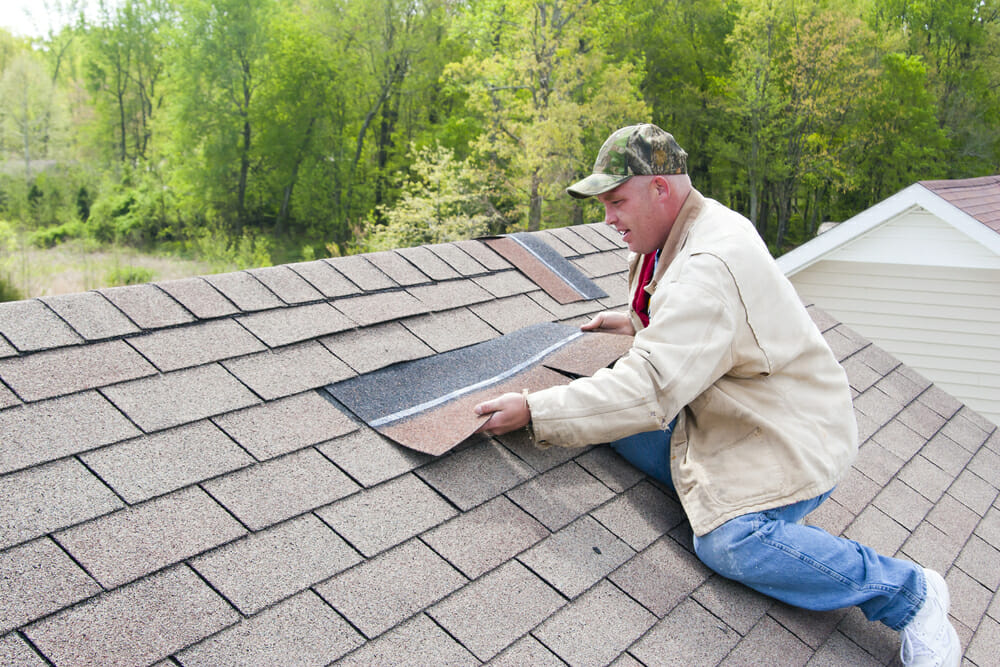
Image Source: Google
Dealing with a leaky roof during a rainy day can be a stressful and challenging situation for any homeowner. Not only can it cause damage to your property, but it can also lead to potential health hazards if left unattended. In this article, we will provide you with some tips on how to handle emergency roof leak repair effectively and minimize the damage to your home.
Assess the Situation
When you discover a leak in your roof, it's crucial to assess the situation quickly and take immediate action to prevent further damage. Here are some steps you can take:
1. Identify the Source of the Leak
- Check the interior of your home for water stains or drips to pinpoint the location of the leak.
- Inspect the attic or crawl space for any signs of water intrusion.
2. Safely Remove any Excess Water
- Use buckets or towels to collect any water that is dripping from the ceiling.
- If water is pooling on the floor, use a wet/dry vacuum to remove it.
Temporary Fixes
While waiting for professional help to arrive, you can implement some temporary fixes to minimize the damage caused by the roof leak. Here are some temporary solutions you can consider:
1. Apply Roofing Cement
- If the leak is coming from a small hole or crack, you can apply roofing cement to seal the area temporarily.
- Make sure to apply the cement in dry conditions for better adhesion.
2. Use Tarpaulin
- Cover the affected area with a tarpaulin or waterproof sheet to prevent further water intrusion.
- Secure the tarpaulin tightly to prevent it from being blown away by the wind.
When to Call a Professional
While temporary fixes can help in the short term, it's essential to seek professional help to address the root cause of the roof leak and prevent future issues. Here are some signs that indicate you need to call a roofing expert:
1. Multiple Leaks
- If you have multiple leaks in different areas of your roof, it indicates a more significant underlying problem that requires professional attention.
2. Extensive Damage
- If the leak has caused extensive damage to your property, such as sagging ceilings or mold growth, it's best to call a professional to assess the situation.
3. Chronic Roof Issues
- If your roof has a history of recurring leaks or other issues, it's wise to consult a roofing expert to address the underlying issues and prevent future problems.
Preventive Measures
Preventing roof leaks is always better than dealing with them after they occur. Here are some preventive measures you can take to avoid emergency roof leak repairs:
1. Regular Roof Inspections
- Inspect your roof at least once a year to check for any signs of damage, such as missing shingles or cracks.
- Address any issues promptly to prevent them from escalating into more significant problems.
2. Keep Gutters Clean
- Clean your gutters regularly to prevent water from backing up and causing damage to your roof.
- Remove any debris, such as leaves and branches, that can clog the gutters and downspouts.
3. Trim Overhanging Branches
- Trim any overhanging branches that can scratch your roof or break off during a storm and cause damage.
- Ensure that trees are a safe distance away from your home to prevent them from falling on your roof.
Dealing with a roof leak can be a daunting experience, but with the right knowledge and quick action, you can minimize the damage and protect your home. Remember to assess the situation, implement temporary fixes, and seek professional help when needed. By taking preventive measures, you can avoid emergency roof leak repairs in the future and keep your home safe and dry.
